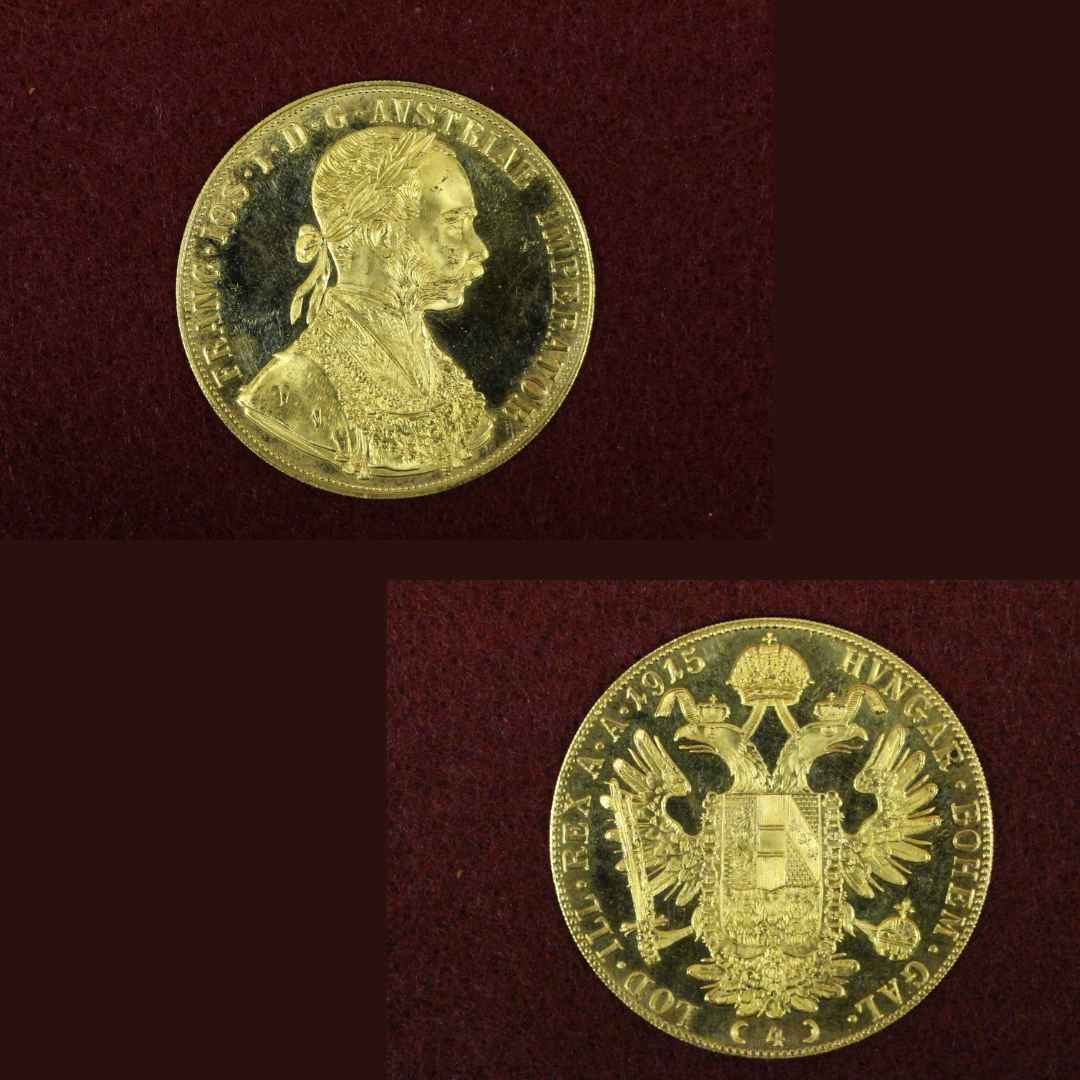Collections Spotlight: Coin Made in Hungary During the Reign of Franz Joseph I
October 21, 2021

By: Kaysey A. Richarson
Here at the Museum of World Treasures we have 8700 artifacts! But, did you know that only 12% of our collection is on display to the public? Although we often rotate our exhibits there are still some objects that rarely receive a moment to shine. This week, our Collections Spotlight is a coin made in Hungary during the reign of Franz Joseph I.
Franz Joseph I was born on August 18, 1830 and was the eldest son of Archduke Francis Charles and Sophia, the daughter of King Maximillian I of Bavaria. At the age of eighteen, Franz Joseph enlisted in the army for Austria and served with forces in Italy against a rebellion against Austrian rule. This rebellion was one of hundreds of uprisings that was taking place throughout the Austrian Empire. Franz Joseph’s uncle, Ferdinand I, was the Austrian emperor at the time and, because he had no children of his own, Franz Joseph was the presumed heir to the throne. Following the abdication of Ferdinand, Franz Joseph was declared emperor of Austria on December 2, 1848.
As emperor, Franz Joseph incorporated his military background with his love for researching and focused heavily on improving his foreign policy. The most significant event that took place during his reign was the Hungarian Compromise that was created under his rule as a result of the uprisings taking place against the Austrian Empire in Hungary. This compromise created a dual monarchy which would allow Hungary to have their own government that would answer to the parliament but would have independent powers for the regulation of internal affairs.
Although this compromise was not popular amongst smaller areas of the Austrian Empire such as Czech and Poland, this was a significant step in Hungary’s century long battle for sovereignty and stability, and became a prelude to the Hungarian Revolution that would take place in 1956. While the rebellions during this time were partly successful and resulted in the Hungarian Compromise, the Hungarian Revolution of 1956 against the Soviet government would prove otherwise and ultimately fail. To read further about the Hungarian Revolution click here.